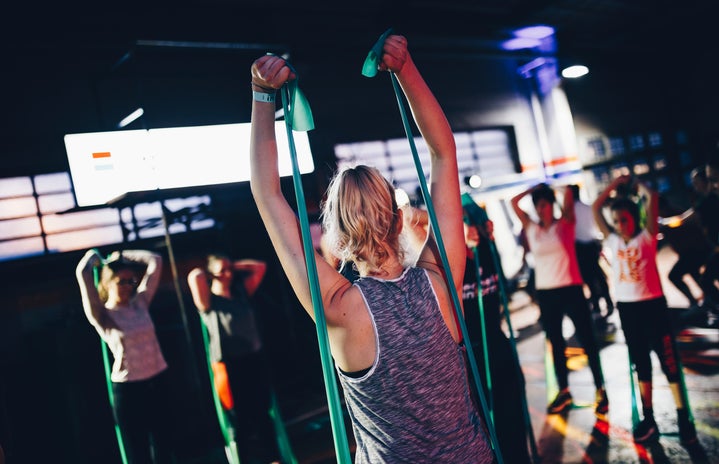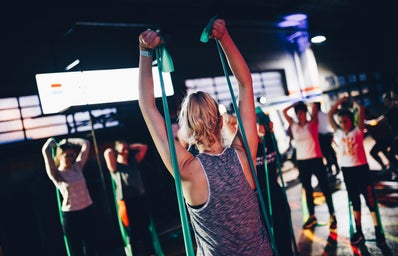Need ideas to boost your energy? Look no further and follow the steps outlined below for energy-boosting tips:
Eat Often. Focus on eating smaller portions to sustain energy without over-filling yourself. Tara Gidus RDN, spokesperson for the Academy of Nutrition and Dietetics recommends consuming a light meal every 3-4 hours for a healthy metabolism, to maintain healthy muscle mass, for increased focus, increased prevention of hunger, and thus less over snacking.
Create a Balanced Plate. A balanced plate means whole grains, lean protein, fiber-rich fruit, and vegetables, fat-free or low-fat dairy.
-Fiber-rich Foods:
-The fruit with the highest amount of fiber is the raspberry, with 8 grams of fiber per cup, and the second highest is the pear with 5.5 grams per medium pear.
-The grain with the most fiber is whole wheat spaghetti with 6.3 grams per cup and the second is pealed barley at 6 grams per cup. Any complex carbohydrate such as whole grain products, green vegetables, starchy vegetables, beans, and lentils will have a higher fiber content compared to other grains per cup.
-The legume with the highest fiber content is split pears at 16.3 grams per cup and the second highest legume is lentils at 15.6 grams per cup.
-The vegetable with the highest fiber is artichoke at 10.3 grams per medium artichoke and the second highest are peas at 8.8 grams per cup.
Reduce Consumption of Energy Zappers. Examples of energy zappers are soda, coffee, energy drinks with extra sugar, which lead to an energy crash after consumption.
Snacks. Focus on protein and fiber-rich carbohydrates and don’t look to fill up on your snacks. Good examples are an apple with peanut butter, nuts, or carrots and string cheese.

